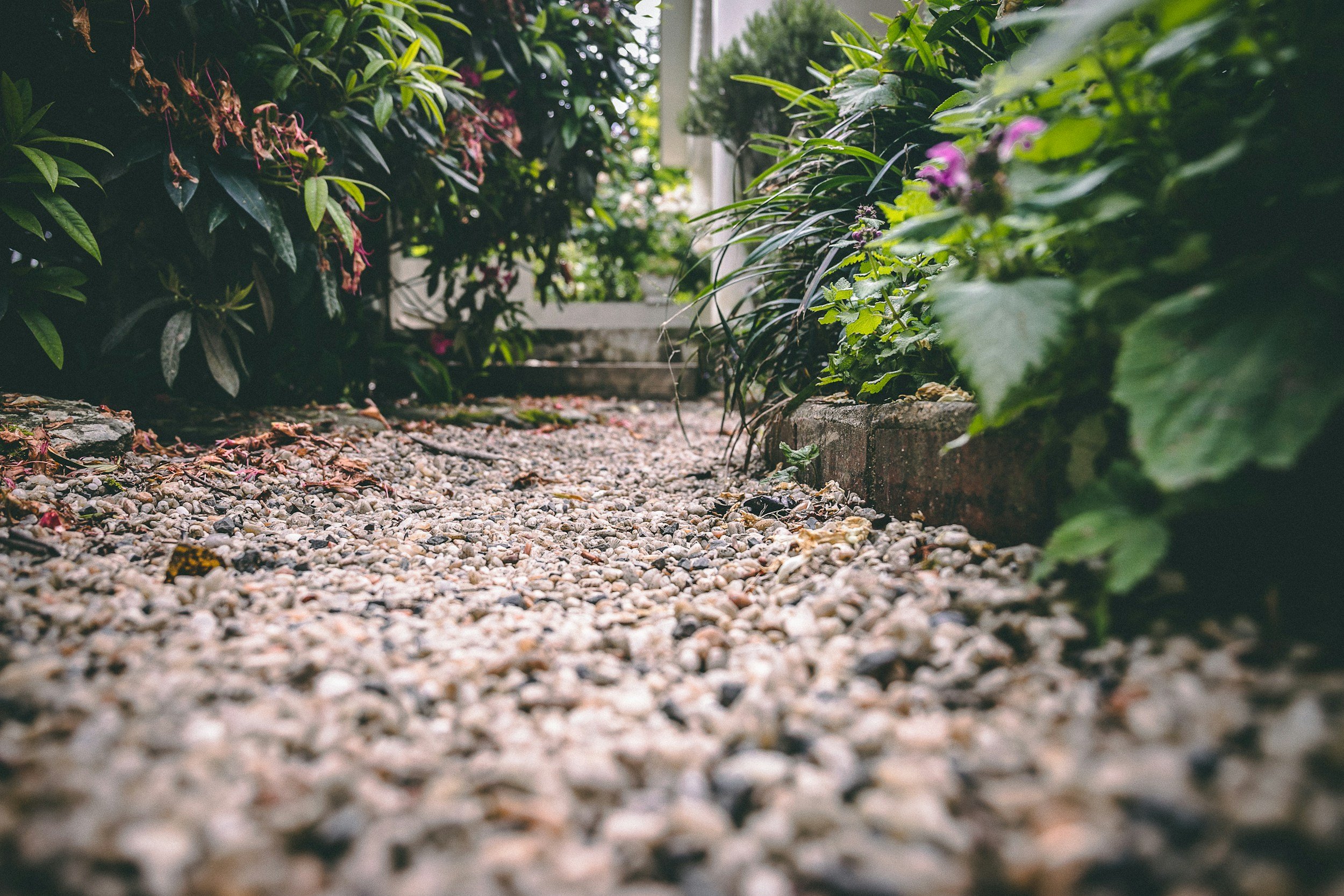The Garden Map
There is a quiet wisdom in the garden—one that reveals itself through the dance of light and shadow, the arc of the seasons, and the paths we tread again and again. As July settles into the Pacific Northwest with its long, golden days and whispering breezes, we’re invited to listen more closely to this wisdom, to let the land teach us how to tend it with care.
This month, we turn our attention to the seventh principle of permaculture: Design from Pattern to Details. At its heart, this principle is an invitation to slow down and notice. To take a step back and observe the larger patterns that shape our landscapes before we dig into the finer points. For gardeners of all ages and experiences—whether you’re nurturing a wild corner of forest, a sunny back deck, or a community plot—this principle offers a powerful way to design with nature, not against it.
Reading the Landscape
Every garden holds a story, written in the patterns of sunlight, rainfall, slope, and soil. These are the large brushstrokes of nature—the rhythms that shape what will thrive, what will struggle, and how we can support life in between.
You might begin by noticing how water moves through your space after a summer rain—or where it pools, how it drains. Where the sun lingers in the evening and where it disappears early. Which parts of the garden always seem wind-tossed, and which remain still. These are clues. They are gifts. They show us where the garden is already speaking its needs and preferences.
Patterns can also be found in time: when the bees first arrive in the morning, when the deer come to visit, when certain plants begin to bloom or fade. They reveal how the ecosystem is evolving from day to day, season to season.
From Insight to Intention
When we design from pattern to details, we start with these larger rhythms and let them guide our decisions.
Sunlight and Shade: Place your sun-loving tomatoes, basil, and squashes where they’ll soak up the afternoon heat. Create cool retreats beneath fruit trees or trellised vines for tender greens or native woodland herbs. A simple shift in placement—attuned to light—can transform the health and vitality of your garden.
Water Movement: In the PNW, our dry summers and wet winters mean we must capture, store, and slow the flow of water. Swales, rain gardens, or even a thoughtfully placed log can redirect and hold water in the landscape. July is a perfect time to observe these flows and consider where a future rain event might be put to good use.
Ecological Relationships: Watch how birds and insects move through your garden. Observe which flowers are visited most and when. Invite diversity—plant for pollinators, beneficial predators, and curious humans alike. The more life you support, the more resilient your garden becomes.
Human Patterns: Don’t forget your own rhythms. Where do you walk most? Where do you pause and rest? Design with your own joy and comfort in mind. A bench in dappled light. A path that wanders rather than rushes. Your garden should nurture you as much as you nurture it.
How Eco-Restore Can Support You
At Eco-Restore, we specialize in reading the land—helping you notice what might otherwise be missed. Our role is to walk beside you in this process: to listen, to observe, to offer guidance rooted in ecological understanding.
Whether you're designing a brand-new garden or deepening the wisdom of a long-tended space, we can help you:
Map Patterns: We offer comprehensive site consultations that reveal your garden’s underlying patterns—soil health, sunlight, water flow, and microclimates.
Design from Pattern to Detail: With your goals and the land’s needs in mind, we co-create custom designs that honor natural rhythms and foster abundance.
Offer Implementation & Seasonal Support: We provide the tools, knowledge, and hands-on support you need to bring your garden to life—step by step, season by season.
Cultivate Lifelong Learning: Through coaching, events, and our community spaces, we’re here for the journey—not just the starting point.
When you work with Eco-Restore, you’re not just planting a garden. You’re engaging in a relationship—with your land, with your community, and with the larger ecology of this place we call home.
A Mid-Summer Invitation
As the garden matures into its summer fullness this July, we invite you to step back and take in the broader patterns shaping your space. You don’t have to fix everything or know all the answers. Just begin by noticing.
Where does the light fall?
What paths do you walk without thinking?
Where is life most vibrant?
These are your patterns. From them, the details will emerge.
We’re here to help you see them, understand them, and translate them into something beautiful and enduring. At Eco-Restore, our mission is to design gardens that grow from deep listening—gardens that give back to the earth and to those who tend them.
Let this be a season of awareness. Of attention. Of aligning your garden—and your life—with the elegant, powerful rhythms of nature.



